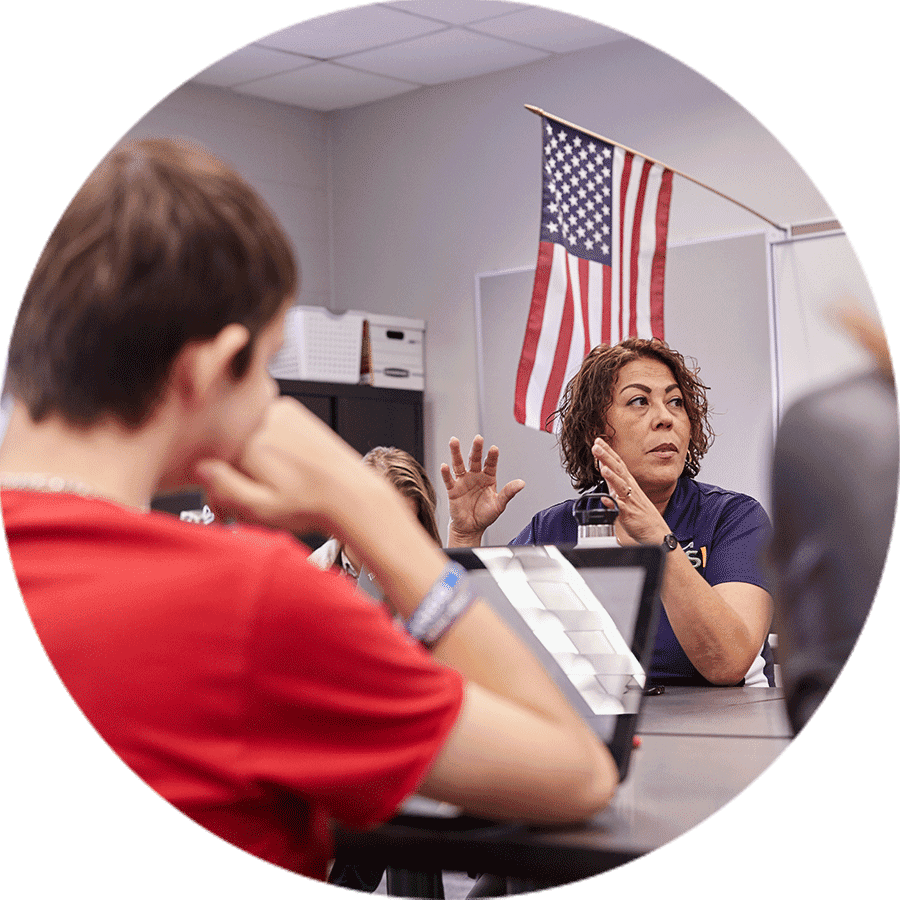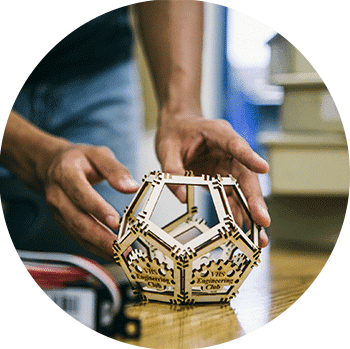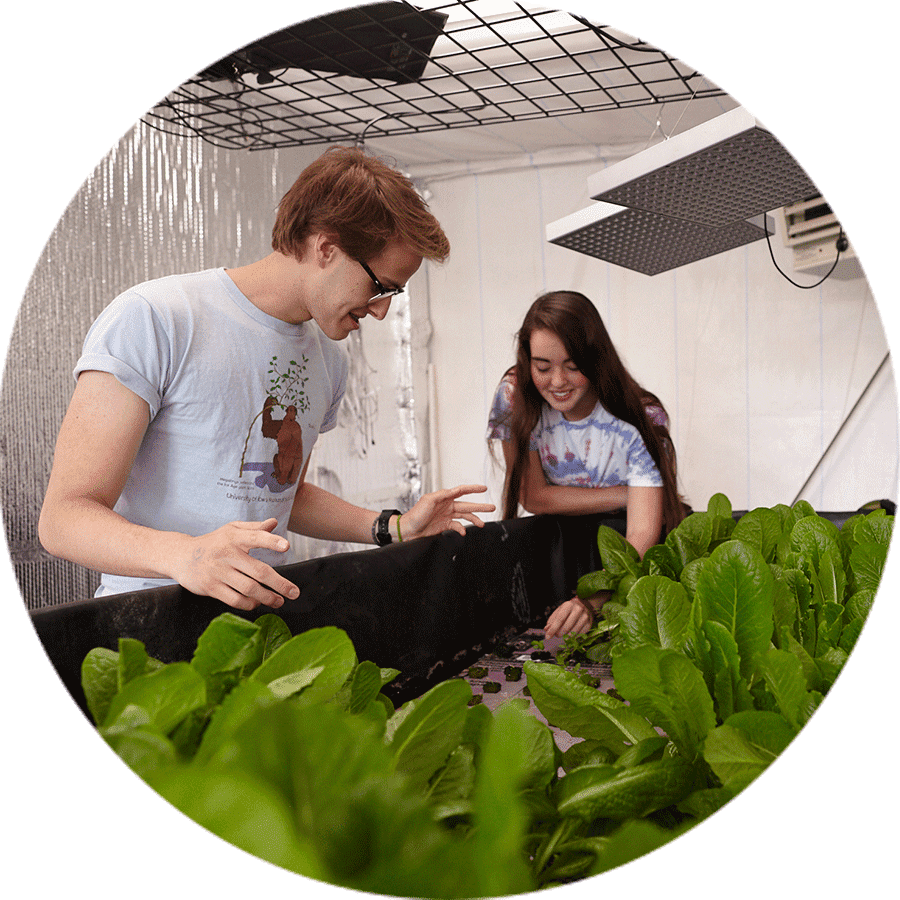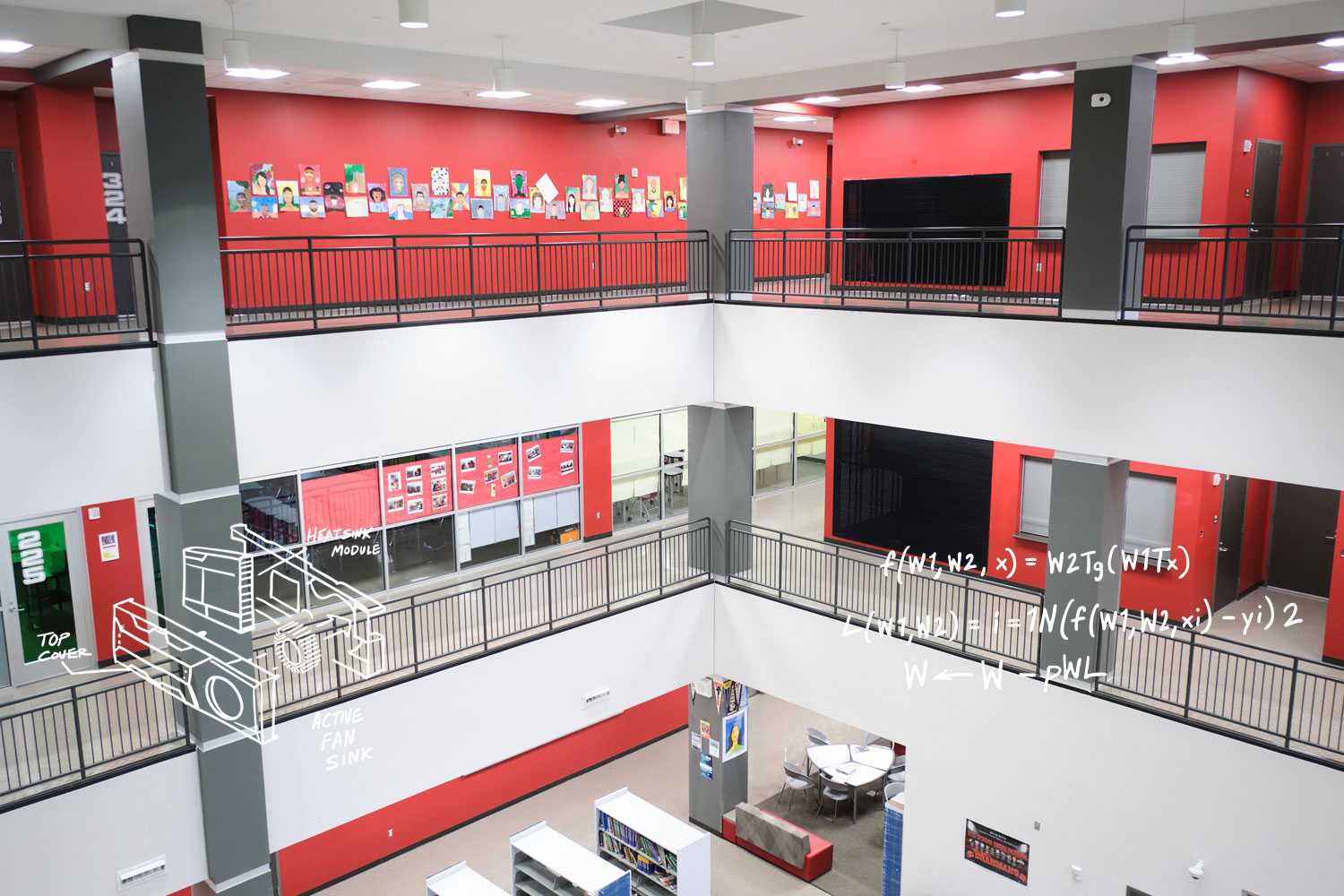3. Community resources can help realize a school’s vision.
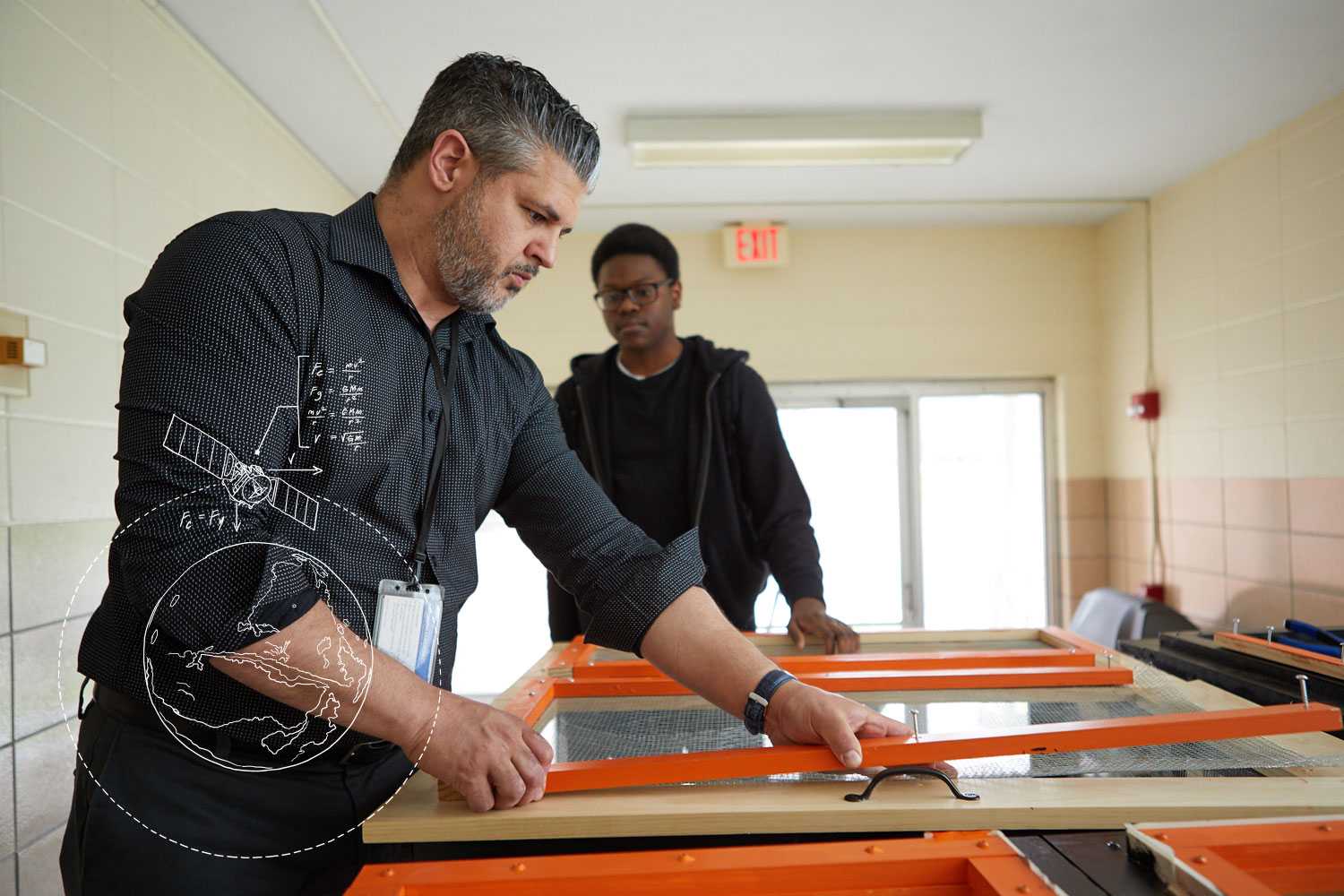
Don’t underestimate the value of non-financial support.
Fact:
Since 2000, Donors Choose has helped raise funds for nearly 2 million school and classroom projects from nearly 5 million donors.
Source: Donors Choose
With careful management and a degree of funding flexibility, schools can often find ways to mix and match dollars from various sources to support innovative programming. Maybe a state workforce development grant can open up a new partnership with local businesses. Maybe health and social services can be made available to students through partnerships with local agencies. Maybe arts and sports programs, college counseling, technology access, and career exploration can be offered and funded through external partnerships. There are lots of possibilities, and all require coordination by the school, which requires administrative support and funding.
Resourceful schools cultivate networks of advisors and supporters in their communities—people who know the school well and are ready to step in with advice, connections, and resources. Charter schools often recruit such people onto their boards, but any school can create an advisory board. A strong advisory board often includes people who can offer guidance and in-kind support in communications, fundraising, legal advice, strategic planning, real estate, and other areas—all of which help a school adapt to changing circumstances and stay responsive and resilient when challenges arise. Also valuable are people who are well-connected with the local business community, medical and mental health providers, colleges and universities, youth-serving organizations, and nonprofit and cultural institutions.
Committed friends and contacts can help a school stay on top of funding opportunities from local businesses, foundations, and individual donors. Some schools solicit donations regularly from supporters, host annual fundraising events, or mount campaigns to support special, one-time expenditures. Families and community volunteers are often willing to help out with logistics, maintain lists, do research, and write proposals. Each of these activities takes a lot of work, and this is where an active development committee, including both school personnel and a strategic set of community allies, can be enormously valuable.
Dive Deep
![teacher talking and student listening]() Lessons from Linked Learning
Lessons from Linked LearningHere’s advice about how to engage a diverse local advisory board from Linked Learning, a multi-sector coalition dedicated to the success of young people.
Read![a student building a small wooden model of a shape]() Tips for Nonprofit Fundraising
Tips for Nonprofit FundraisingThis list from Classy offers a peek into a whole host of fundraising tactics that might work for you, from cultivating donors to organizing a peer-to-peer campaign.
Read![students looking at plants]() Candid Learning
Candid LearningCandid, formerly the Foundation Center, offers free and low-cost training, both live and on-demand, on fundraising and sustainability.
Read![plants]() Donors Choose
Donors ChooseBronx high school teacher Charles Best founded DonorsChoose to make it easy for anyone to support teachers’ creative ideas to advance student learning and development.
Read
Analyze
A network of local advisors and supporters can bring valuable resources to a school.
Step 1 – Research
Develop a list of 10-12 foundation, corporate, and individual funders in your locality, region, and state. Delve into their specific focus areas or interests. Do they prioritize high school education, arts, science, sports, workforce development, youth development, or other areas that align with your school design?
Step 2 – Reflect
Share findings with your team and discuss these questions:
- Which of these funders seem particularly promising? Do you have connections who could introduce them to your school or help you understand their priorities?
- If you don’t yet have a development committee, can you start one? Who could you recruit to help you get started?
